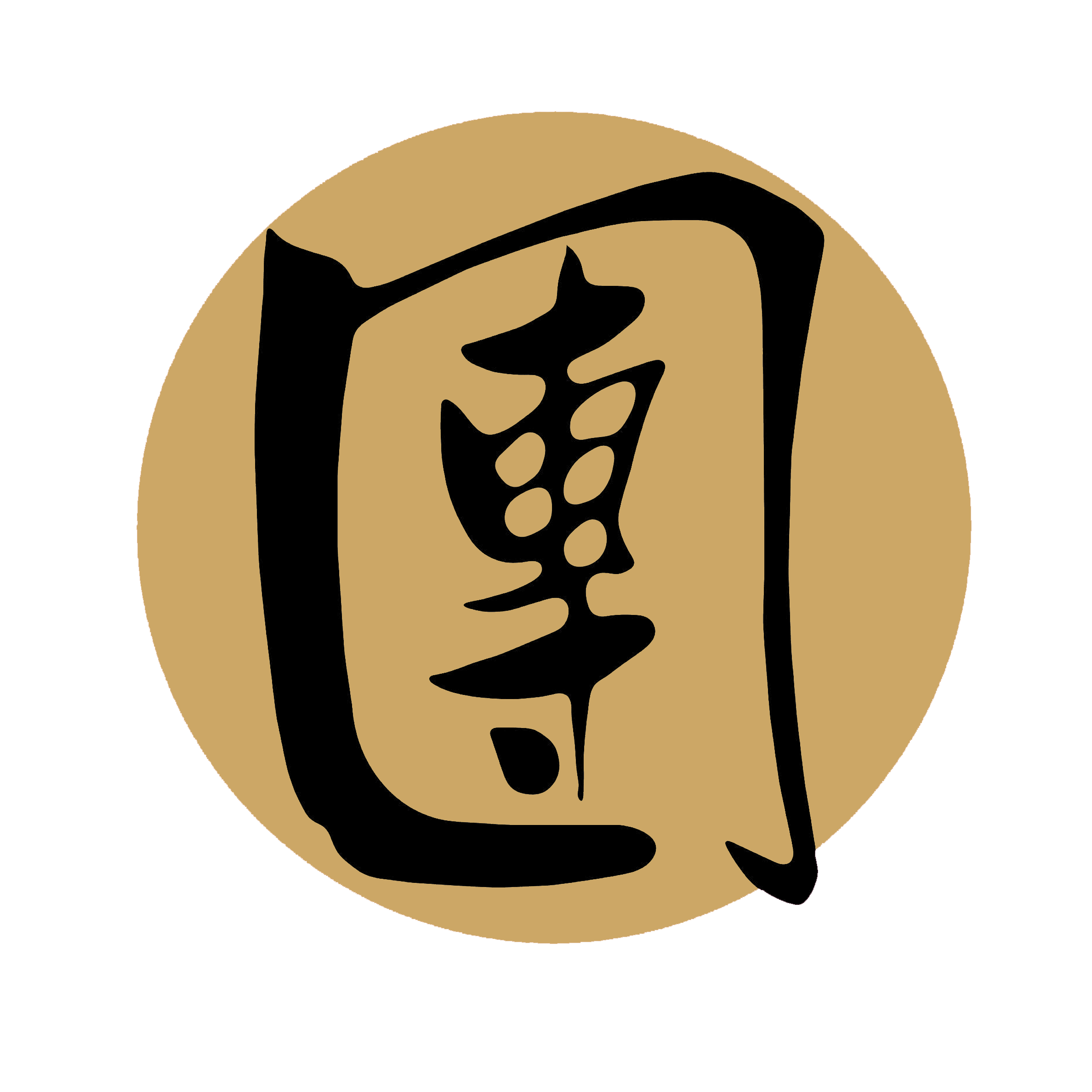52. Lung-jau: Choy Li Fut Kung Fu Technique
Unlocking the Power of Lung-Jau: The Dragon Claw Technique in Martial Arts
Lung-Jau, also known as the Dragon Claw, is a striking technique that holds a prominent place in various martial arts disciplines. With its distinctive hand formation and powerful striking capability, Lung-Jau embodies the ferocity and precision of the mythical dragon. In this article, we delve into the intricacies of Lung-Jau, exploring its applications, training methods, and the underlying principles that make it a formidable technique.
The essence of Lung-Jau lies in its ability to generate focused power and penetrate the opponent's defenses. By forming the hand into a claw-like shape, practitioners emulate the sharp talons of a dragon, capable of delivering devastating strikes with pinpoint accuracy. The technique involves a combination of precise hand positioning, proper body mechanics, and explosive force generation.
One of the key principles of Lung-Jau is maintaining a relaxed yet controlled grip with the hand. This allows for quick and fluid movements, facilitating rapid strikes and efficient target acquisition. By channeling the energy from the body into the fingertips, practitioners can unleash the full power of the Dragon Claw, delivering powerful and precise strikes to vulnerable areas of the opponent's body.
Training in Lung-Jau begins with developing the foundational hand shape and grip strength. Practitioners practice finger exercises, grip strengthening drills, and hand conditioning techniques to enhance their ability to form and maintain the distinctive claw shape. This stage of training focuses on building dexterity, finger control, and the ability to generate power from the hand.
As practitioners progress, they incorporate footwork, body coordination, and timing into their Lung-Jau training. Footwork plays a vital role in positioning the body for optimal striking angles and evasive maneuvers. Proper body alignment and weight transfer enable practitioners to generate maximum power and transfer it effectively through the Dragon Claw strikes.
Timing is essential in Lung-Jau, as precise execution and synchronization of movement and breath enhance the effectiveness of the technique. Partner drills are crucial in refining the practical application of Lung-Jau. Practitioners engage in controlled sparring or training scenarios, allowing them to apply the Dragon Claw strikes against moving targets while also defending against incoming attacks. These drills help practitioners develop accuracy, speed, and the ability to adapt the technique to different situations.
The applications of Lung-Jau extend beyond its striking capabilities. The Dragon Claw can be utilized for joint manipulations, controlling an opponent's limbs, or securing vital points during close-quarters combat. Its versatile nature makes it a valuable tool in self-defense situations, providing martial artists with a range of options depending on the circumstances.
Beyond its practical applications, Lung-Jau embodies essential principles of martial arts. It requires practitioners to cultivate focus, precision, and disciplined body control. The technique emphasizes the harmonious integration of mind, body, and spirit, aligning the practitioner's intention with the execution of the strike. Lung-Jau serves as a reminder of the interconnectedness between the martial artist and the ancient traditions and symbolism associated with the dragon.
In conclusion, Lung-Jau, the Dragon Claw technique, is a potent and revered technique in martial arts. Its ability to generate focused power, deliver precise strikes, and control the opponent's movements makes it a formidable asset for practitioners. Through dedicated training, practitioners can master the intricate hand positioning, body mechanics, and principles that unlock the full potential of Lung-Jau, harnessing the power and spirit of the mythical dragon in their martial arts journey.
